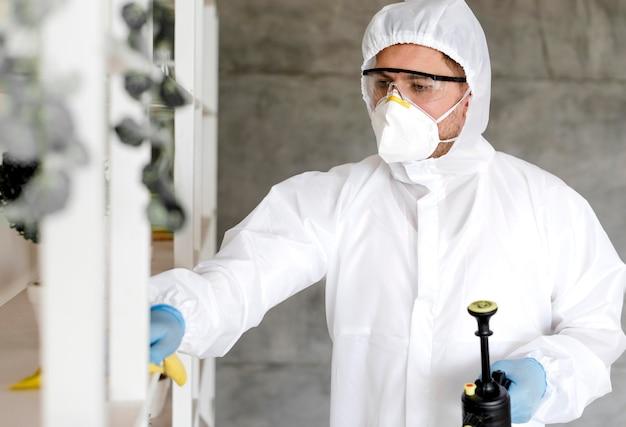
When safeguarding your home from unwanted visitors, a thorough pest inspection is paramount. At Pest Blaster, we understand the importance of a meticulous check to ensure your environment remains pristine and pest-free. This checklist will guide you through the essential steps to take during an inspection, ensuring no corner is overlooked.
Utilising resources like the guide to pest control can help in accurately identifying pests and understanding their habits, which is crucial for effective control.
Consider scheduling an annual assessment with a pest management professional from Pest Blaster to ensure your environment remains healthy and pest-free. Understanding the importance of professional pest control is crucial, as it provides tailored insights and treatments specific to your needs, ensuring comprehensive protection.
Incorporating the latest in pest management is crucial, especially when dealing with persistent pests like termites. For those seeking more sophisticated solutions in termite control, exploring advanced technologies in termite control can provide insight into innovative methods that are both effective and environmentally conscious. Additionally, utilising biological control by introducing natural predators, and when necessary, applying targeted chemical treatments ensures comprehensive pest management that safeguards your home while being mindful of ecological balance.
Introducing natural predators into your environment, such as ladybugs to combat aphid infestations in your garden, can be an effective organic option.
When necessary, targeted chemical treatments can be applied by professionals to deal with infestations that cannot be controlled by other means. This should be done cautiously and always by a licensed service to ensure safety and effectiveness.
Incorporating technology such as ultrasonic pest repellers or IoT-based monitoring systems can provide real-time alerts and help manage pest activity more effectively.
Engaging regularly with pest control experts can ensure that you are up-to-date with the latest and most effective pest management strategies. Sharing information about any changes in pest activity can help them adjust their approach accordingly, ensuring optimal results.
Always consider the environmental impact of pest control measures. Opt for solutions that minimise harm to the ecosystem and promote a balanced approach to pest management. This involves choosing methods that do not adversely affect non-target species and are sustainable long-term.
By following this comprehensive pest inspection checklist and implementing proactive pest management strategies, you can maintain a safe and healthy living environment. Remember, prevention is key, and regular monitoring will help catch potential issues before they become significant problems. Engage with professionals like Pest Blaster to ensure that your home remains protected year-round.
For peace of mind and a pest-free home, turn to the expertise of Pest Blaster. Our comprehensive inspections and tailored solutions ensure your space remains safe and serene. Get in touch with us today to schedule your detailed pest inspection and take the first step towards a secure and healthy environment.
Regular inspections should be done at least twice a year or as often as every quarter for areas with high pest activity.
Common signs include visible droppings, signs of nesting, damage to plants or structures, and unusual smells.
While some DIY methods can provide temporary relief, professional pest control is recommended for complete eradication and prevention.
Yes, pests can carry diseases and cause allergic reactions, making pest control crucial for health and safety.
Contact a professional pest control services like Pest Blaster to assess and address the situation effectively.
Pest Blaster services are one of the prominent pest control services that offer the best to the clients. We have a long chain of clients who are happier with our work.


Copyright © 2025 Pest Blaster. All Rights Reserved.